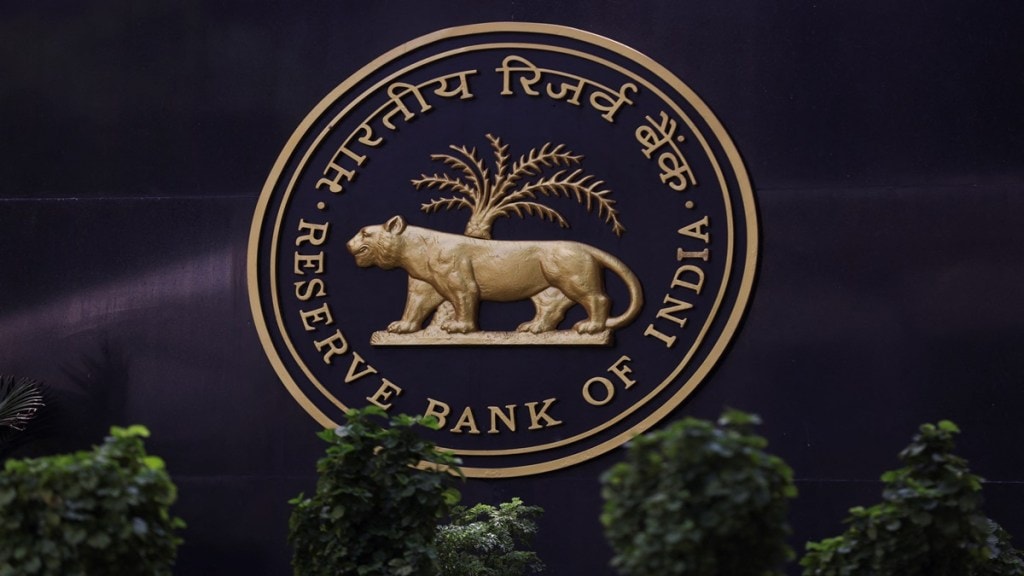Amol Agrawal, the writer teaches at the National Institute of Securities Markets
The Reserve Bank of India’s (RBI) Monetary Policy Committee (MPC) meeting is scheduled to be held on August 4-6. The MPC was constituted in October 2016 as part of the RBI’s formal adoption of flexible inflation targeting (FIT). Since its composition, the MPC has done a fine job of managing the monetary policy. However, one problem still remains—the MPC does not vote on all the monetary instruments.
The MPC’s structure was established by amending the RBI Act (1934). Chapter III-F was introduced in the Act (1934), dedicated to inflation target and MPC. Section 45ZB (3) specifies that “the Monetary Policy Committee shall determine the policy rate required to achieve the inflation target”. Section 2 (cccci) mentions that “policy rate” will mean the rate for repo transactions. Further, sub-section (12AB) of section 17 tells us “repo” means an instrument for borrowing funds by selling securities of the central or state governments. Thus, the RBI Act specifies that the MPC’s main job is to achieve the inflation target (4+/- 2 %). The MPC will achieve its job by determining the policy rate (repo rate). The other policy rates such as standing deposit facility and marginal standing facility form a corridor with repo, and both change automatically with changes in repo rate.
Limiting the MPC vote to only repo rate creates a problem as the RBI uses other instruments to conduct monetary policy. Textbooks on Indian macroeconomics teach us that apart from repo the RBI also deploys the cash reserve ratio (CRR) and statutory liquidity ratio (SLR) as monetary policy tools. In fact, both CRR and SLR were used as monetary policy tools much before repo—CRR was initiated in 1935 (at the time of the RBI’s formation) and SLR was introduced in 1949, and, repo in 1999, yet, the MPC only votes on repo.
Take the case of the latest June policy, where the MPC voted to cut the repo rate by 50 basis points (bps) to 6%, surprising markets which expected a rate cut of 25 bps. A CRR cut of 50 bps to 4% was announced too. While the repo rate easing was mentioned in the MPC resolution statement, there is no mention of CRR. The CRR was instead mentioned in the governor’s statement.
Why did the MPC end up voting only on repo?
One gets some ideas in the committee established by the RBI in 2013 to revise and strengthen the monetary policy framework. The committee’s report laid the foundations for the inflation targeting framework. It discussed how monetary policy has evolved in India, with the CRR and SLR playing important roles initially. With the 1991 reforms, the monetary policy shifted to the repo rate for balancing the overnight liquidity and transmission to other interest rates. It recommended that the MPC vote on the policy rate. For SLR, it said that it should be reduced to levels of the liquidity coverage ratio, and there is no mention of CRR. Based on these recommendations, the RBI Act was amended, allowing for the constitution of the MPC.
We get more clues from the government’s notification of the MPC and Monetary Policy Process Regulations in the Gazette of India dated July 14, 2017. It mentioned that after the MPC meeting, the RBI would release an MPC resolution and a statement. It added that the resolution should include the repo rate and “and at the discretion of the chairperson, any other monetary policy measures including those relating to the operating framework of monetary policy”. Further, it said that the statement “should describe the monetary policy changes involving instruments other than the repo rate and the operating procedure as decided by the MPC shall be explained in the policy statement, followed by a press release setting out details on implementation”.
Following these legislative changes, the MPC resolution only votes on the repo rate and the governor’s statement discusses the other monetary policy instruments.
However, this arrangement only causes confusion. The MPC votes only on the repo rate, and the governor’s statement includes the overall monetary policy instruments, but it is not clear who decides on the other instruments. We can have odd situations going forward—for example, the MPC could keep the repo rate unchanged but tweak the CRR for liquidity. How will this be interpreted?
The RBI also releases a Statement on Developmental and Regulatory Practices (SDRP), which discusses new measures on regulations and market developments (this was not released for the June meeting). In the post-media interaction, the governor and deputy governors address the questions on changes in both monetary policy and SDRP. The voices of external MPC members are barely heard, barring media interviews.
The current MPC arrangement should be revisited and streamlined. It should vote on all the monetary policy instruments, and the speeches/interviews of MPC members should be linked on the RBI website. This will help improve both transparency and communications from the central bank.

